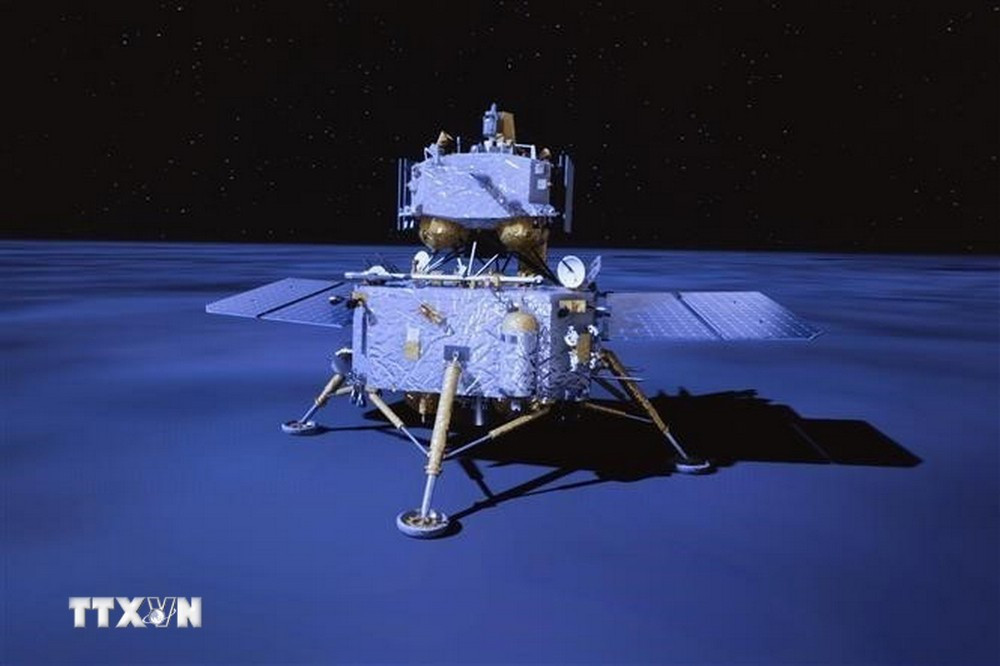The Chang'e-6 spacecraft has left the surface of the Moon, carrying samples collected from the dark side of the planet - an unprecedented achievement in the history of human exploration of the Moon.

On the morning of June 4, China's Chang'e-6 spacecraft left the surface of the Moon, carrying samples collected from the dark side of the planet.
This is an unprecedented achievement in the history of human exploration of the Moon.
The China National Space Administration (CNSA) said the sample return craft has entered a pre-established orbit around the Moon.
CNSA said the spacecraft completed its rapid sampling work, with the samples stored in an internal container as planned.
During the sampling and packaging process, researchers conducted ground laboratory sampling simulations based on data sent back from the Thuoc Kieu-2 satellite, providing important support for decision-making and operations at every stage.
The rover used two methods to retrieve lunar samples, including using a drill to sample the subsurface and using a robotic arm to sample the surface. The rover automatically collected samples at different locations.
CNSA added that the probe's support equipment, such as the landing camera, panoramic camera, lunar soil structure detector and lunar mineral analyzer, all functioned well and performed scientific activities as planned.
Specifically, the Lunar Soil Structure Probe analyzed and evaluated the underground soil structure in the sampling area, providing reference data for sampling drilling.
The Chang'e-6 spacecraft consists of an orbiter, a lander, a sampler, and a return spacecraft. It was launched into space on May 3. Unlike a launch on Earth, the sampler cannot rely on a launch tower system, so the lander acts as a temporary "launch pad."
The lander-sampler complex touched down at the designated landing site at the Moon's South Pole-Aitken region (SPA) on June 2. This is the first time in the history of lunar exploration that humans have collected samples from this rarely explored region.
TB (according to VNA)